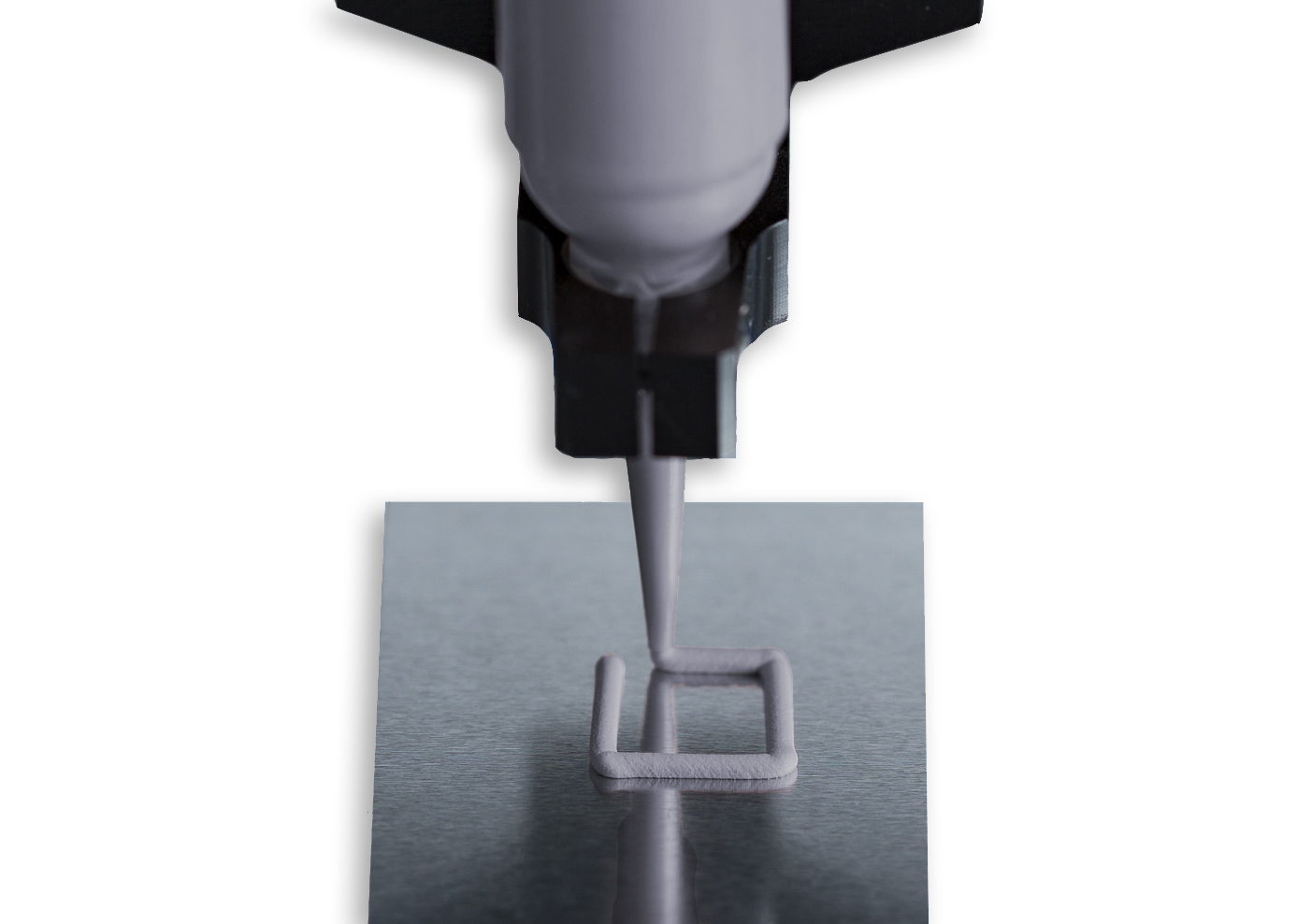HT 10000-R | One part Hybrid Thermal Gel
- Dark Gray
- 10 Thermal Conductivity
- Good dispense rate
Product Description
HT10000-R silicone based one-part hybrid thermal gel, provides top of the line thermal conductivity of 10.0 W/m·K along with high conformability and high compressibility, only to be challenged by HT11000 (11 W/mK) which is still rolling out of development. It is a max performance product, formulated to deliver high dispense rates for improved productivity, long-term reliability and easy reworkability.
HT10000-R is designed to minimize thermal resistance at interfaces, maintain excellent performance through reliability testing, and provide scalable applications at a competitive cost. Additionally it performs great in oil,crack and slump testing and it exhibits no pump out and cracking risk.
Technical Specifications
| General Properties | |||||
| Color Color The color | Light Gray | ||||
| Specific Gravity Specific Gravity Specific gravity (SG) is the ratio of the density of a substance to the density of a reference substance; equivalently, it is the ratio of the mass of a substance to the mass of a reference substance for the same given volume. For liquids, the reference substance is almost always water (1), while for gases, it is air (1.18) at room temperature. Specific gravity is unitless. | 3.2 | ||||
| |||||
| Thermal Properties | |||||
| Thermal Conductivity Thermal Conductivity Thermal conductivity describes the ability of a material to conduct heat. It is required by power packages in order to dissipate heat and maintain stable electrical performance. Thermal conductivity units are [W/(m K)] in the SI system and [Btu/(hr ft °F)] in the Imperial system. | 10 W/m.K | ||||
Additional Information
How to keep HT10000 from separating?
During the initial launch of the newest version HT10000-R, some customers encountered flow rate and separation issues.
The flow rate issue may have been caused by improper application, specifically:
(1) Continued high pressure applied after dispensing, causing silicone oil to be pushed out;
(2) We recommend using compressed air to push the plunger, air remains between the plunger next time. Material can not be pushed out well due to the low real pushing pressure.



